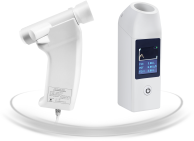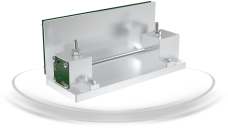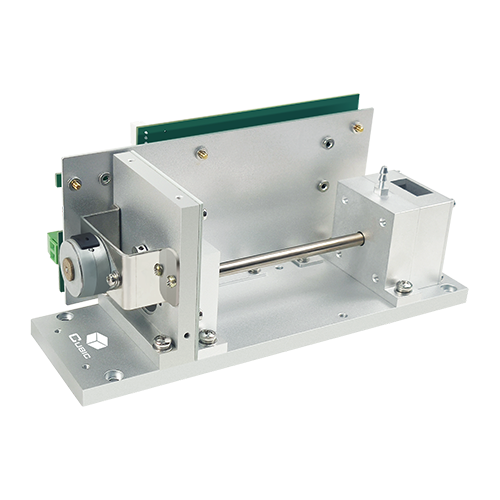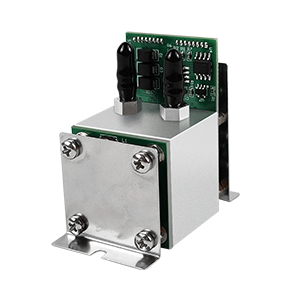 EMAIL
EMAIL


According to the data from the World Health Organization (WHO), there are approximately 317 million people worldwide suffering from Chronic Obstructive Pulmonary Disease (COPD). Of these, there are about 26 million COPD patients in the United States; approximately 99 million in China; and around 170 million in Europe.
COPD is the third leading cause of death globally, causing 3.23 million deaths in 2019. The global number of asthma patients is approximately 339 million, with around 25 million in the United States, 30 million in Europe, and 30 million in China.
Both COPD and asthma have been included in the WHO's Global Action Plan for Prevention and Control of Noncommunicable Diseases and the United Nations' Sustainable Development Agenda for 2030.
Given the significant impact of these respiratory conditions, it is crucial to conduct pulmonary function tests to better manage and treat patients.

Pulmonary Function Test (PFT) includes a group of non-invasive tests that measure how well the lungs are working. These tests involve various measurements, including lung gas exchange, lung capacity, lung volume and Max.Airflow. They play a crucial role in pulmonary function diagnosing for pulmonary & lung diseases like Asthma, Chronic Obstructive Pulmonary Disease(COPD), Lung Interstitial Fibrosis , Lung Sarcoidosis, Reduced Lung Volume, Pulmonary Embolism, Pulmonary Hypertension, Pulmonary Hemorrhage, Chronic Shortness of Breath and etc.
In addition to diagnosis, Pulmonary function test are also used to monitor the progression of lung diseases and assess the effectiveness of treatment. By regularly performing these tests, healthcare providers can track changes in lung function over time and make adjustments to treatment plans as needed.
Furthermore, Pulmonary function test provide valuable information about how lung diseases impact overall health. For example, it can help determine if a patient's respiratory issues are affecting their ability to engage in physical activity, like help assess the respiratory system function of athletes or individuals involved in competitive sports, thereby optimizing their training programs. or Some occupations (such as miners and factory workers in chemical plants) may be exposed to harmful substances, and regular pulmonary function tests can monitor the lung health of these workers and detect problems in early stage.
Overall, pulmonary function tests are an essential tool for managing and treating various lung conditions. They provide objective data that guides medical decision-making and helps to improve patient’s life quality and better deal with respiratory issues.







Adopting an ultra-fast modulation frequency and a special detection circuit, Gasboard-2051 achieves a rapid response time of less than 150 ms, enabling real-time data accuracy, reducing the risk of data artifacts caused by delays, and leading to quicker and more reliable measurement results. Enhanced with an algorithm that compensates for temperature and pressure variations, Gasboard-2051 operates with high accuracy and excellent stability under a wider range of atmospheric conditions including fluctuating temperature and humidity levels.
Additionally, the modular design of Gasboard-2051 enables easy integration into gas analyzers or medical devices and ensuring exceptional availability and high-volume throughput during manufacturing.
| Product | VC | FVC | MVV | CO | CH4 | CO2 |
|
Ultrasonic Spirometer Gasboard 7020 (Hospital Type) |
√ | √ | √ | |||
|
Ultrasonic Spirometer Gasboard 7021 (Residential Type) |
√ | √ | √ | |||
|
Diffusion Capacity for Carbon Monoxide of Lung (DLCO) NDIR Gas Sensor Gasboard-2050 |
√ | √ | √ | |||
|
Diffusion Capacity for Carbon Monoxide of Lung (DLCO) NDIR Gas Sensor Gasboard-2051(T90 < 150ms) |
√ | √ | √ |











You can contact Cubic by telephone or email, or you can submit an online Request for Quotation Form.
For Sales: sales@gassensor.com.cn
For Administration: info@gassensor.com.cn